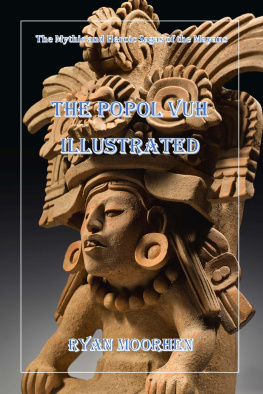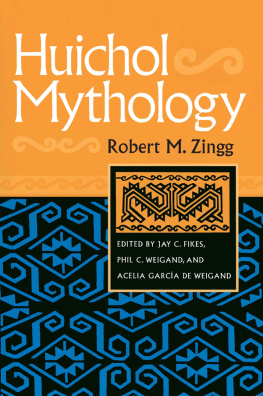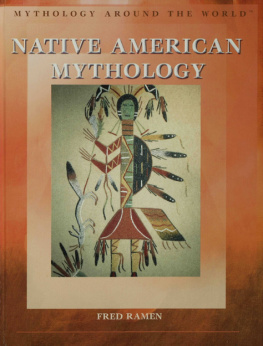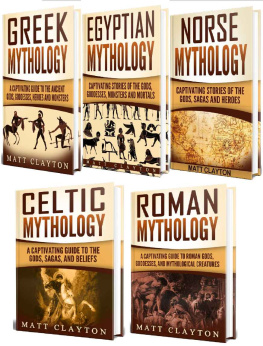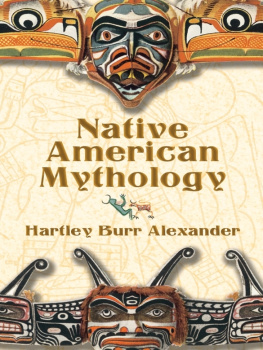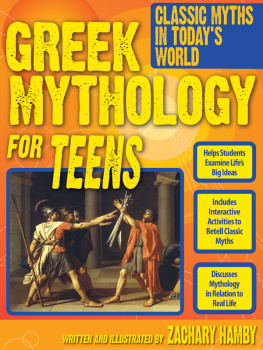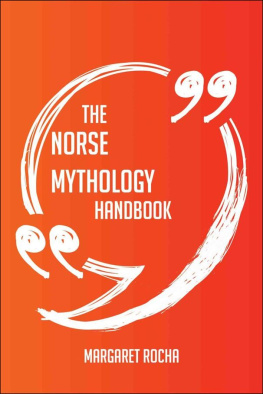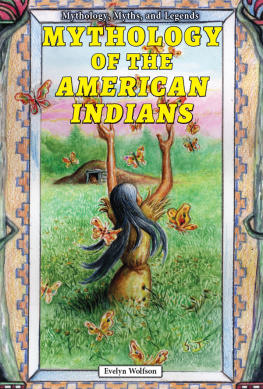THE POPOL VUH
Illustrated
The Mythic and Heroic Sagas
of the Mayans
While every precaution has been taken in the preparation of this book, the publisher assumes no responsibility for errors or omissions, or for damages resulting from the use of the information contained herein.
THE POPOL VUH ILLUSTRATED
First edition. March 10, 2021.
Copyright 2021 RYAN MOORHEN.
ISBN: 978-1393848424
Written by RYAN MOORHEN.
10 9 8 7 6 5 4 3 2 1
Also by RYAN MOORHEN
The Popol Vuh Illustrated
The Assyrian Legends of the Creation
The Discovery of the Ancient Flood
The Gods of Nibiru in the Ancient Near East
Enki and Sumerian Immortality
The Fall of the Anunnaki and the Third Dynasty of UR
The Anunnaki Sumerians
Mythologies of the Ancient World
The Descent of the Sumerian Civilization and the Rise of the Akkadian Empire
The Enigma of Sumerian Gods
Temples and Concepts in Ancient Egyptian Architecture
Akhenaten, the Nephilim God King
Watch for more at RYAN MOORHENs site.
My utmost gratitude lies with DTTV Studios for aiding me in developing this work
DTTV PUBLICATIONS
AMSTERDAM
ABRIDGED VERSION BY
Ryan Moorhen
All Rights Reserved.
INTRODUCTION - THE POPOL VUH DEMYSTIED
T here is no document of greater importance to studying America's pre-Columbian mythology than the "Popol Vuh." It is the chief source of our knowledge of the mythology of the Kich people of Central America, and it is further of considerable comparative value when studied in conjunction with the mythology of the Nahuatlac, or Mexican peoples. This interesting text, the recovery of which forms one of the most romantic episodes in the history of American bibliography, was written by a Christianised native of Guatemala sometime in the seventeenth century, and was copied in the Kich language, in which it was originally written, by a monk of the Order of Predicadores, one Francisco Ximenes. He also added a Spanish translation and scholia.
The Abb Brasseur de Bourbourg, a profound student of American archaeology and languages (whose euhemeristic interpretations of the Mexican myths are as worthless as the priceless materials he unearthed are valuable), deplored, in a letter to the Duc de Valmy, the supposed loss of the "Popol Vuh," which he was aware had been made use of early in the nineteenth century by a certain Don Felix Cabrera. Dr. C. Scherzer, an Austrian scholar, thus made aware of its value, paid a visit to the Republic of Guatemala in 1854 or 1855 and successfully tracing the missing manuscript in the University of San library Carlos in the city of Guatemala. Afterward, it was ascertained that its scholiast, Ximenes, had deposited it in the library of his convent at Chichicastenango, whence it passed to the San Carlos library in 1830.
Scherzer at once made a copy of the Spanish translation of the manuscript, which he published at Vienna in 1856 under the title of "Las Historias del origen de los Indios de Guatemala, par el R. P. F. Francisco Ximenes." The Abb Brasseur also took a copy of the original, which he published at Paris in 1861, with the title Vuh Popol: Le Livre Sacr de Quichs, et les Mythes de lAntiquit Amricaine. In this work, the Kich original and Abbe's French translation are set forth. Unfortunately, both the Spanish and the French translations leave much to be desired so far as their accuracy is concerned, and they are rendered of little use because of the misleading notes which accompany them.
The name "Popol Vuh" signifies "Record of the Community," and its literal translation is "Book of the Mat," from the Kich word "pop" or "popol," a mat or rug of woven rushes or bark on which the entire family sat, and "vuh" or "uuh," paper or book, from "uoch" to write. The "Popol Vuh" is an example of a world-wide genrea type of annals of which the first portion is pure mythology, which gradually shades off into pure history, evolving from
The hero-myths of a saga to the recital of the deeds of authentic personages. It may be classed with the Heimskringla of Snorre, the Danish History of Saxo-Grammaticus, the Chinese History in the Five Books, the Japanese "Nihongi," and, so far,, as its fourth book is concerned, it somewhat resembles the Pictish Chronicle.
The language in which the "Popol Vuh" was written, was, as has been said, the Kich, a dialect of the great Maya-Kich tongue spoken at the time of the Conquest from the borders of Mexico on the north to those of the present State of Nicaragua on the south; but whereas the Mayan was spoken in Yucatan proper, and the State of Chiapas, the Kich was the tongue of the peoples of that part of Central America now occupied by the States of Guatemala, Honduras and San [8]Salvador, where the natives still use it. It is different from the Nahuatl, the language of the people of Anahuac or Mexico, both regarding its origin and structure, and it is affinities with other American tongues are even less distinct than those between the Slavonic and Teutonic groups.
Of this tongue, the "Popol Vuh" is practically the only monument; at all events, the only work by a native of the district was used. A cognate dialect, the Cakchiquel, produced the "Annals" of that people, otherwise known as "The Book of Chilan Balam," a work purely of genealogical interest, which may be consulted in the admirable translation of the late Daniel G. Brinton.
The Kich people at the time of their discovery, which was immediately after the fall of Mexico, had in part lost that culture, which was characteristic of the Mayan race, the remnants of which have excited universal wonder in the ruins of the vast desert cities of Central America. At a period not far distant from the Conquest, the once centralized Government of the Mayan peoples had been broken up into petty States and Confederacies, which in their character recall the city-states of medieval Italy. In all probability, the civilization possessed by these peoples had been brought them by a race from Mexico called the Toltecs, who taught them the arts of building in stone and writing in hieroglyphics, and who probably influenced their mythology most profoundly. The Toltecs were not, however, in any way cognate with the Mayans and were in all likelihood rapidly absorbed by them. The Mayans were notably an agricultural people, and it is not impossible that the maize-plant was first cultivated with the object of obtaining a regular cereal supply in their country.
Next page
